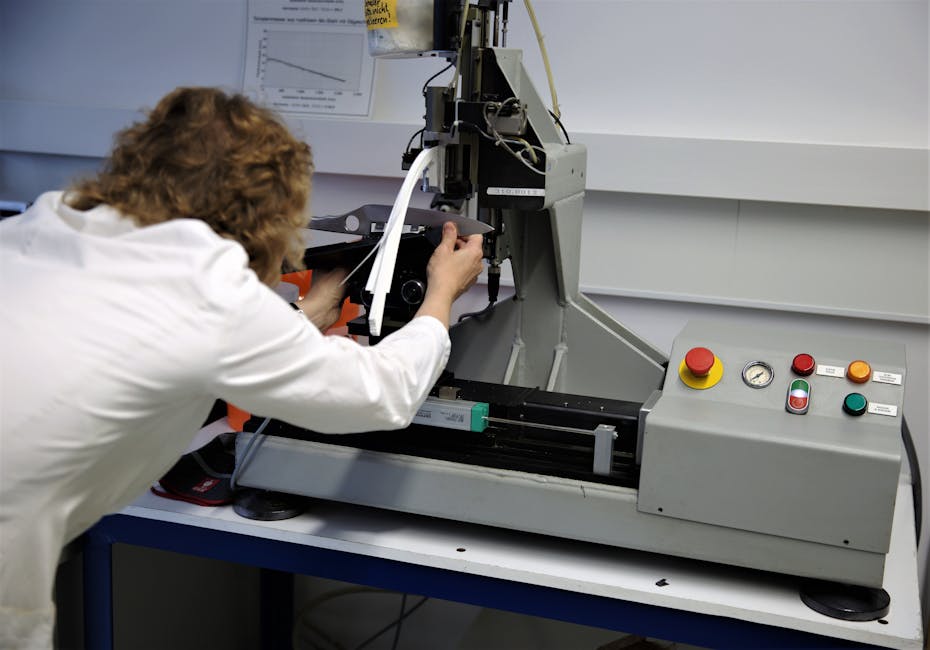Python’s versatility and extensive library support make it a powerhouse for automation. Whether you’re a seasoned developer or just starting your automation journey, understanding the best libraries is key to building efficient and robust solutions. This comprehensive guide explores the top Python libraries for automating various tasks, saving you time and boosting your productivity.
Understanding the Need for Automation
Before diving into specific libraries, let’s clarify why automation is crucial. In today’s fast-paced digital world, repetitive tasks consume valuable time and resources. Automation streamlines these processes, allowing you to focus on higher-level tasks that require human creativity and critical thinking. Automation can improve accuracy, reduce errors, and increase overall efficiency across various domains, from web scraping and data analysis to system administration and testing.
Top Python Libraries for Automation
Several Python libraries excel in different automation niches. Choosing the right one depends on your specific needs. Let’s explore some of the most popular and effective options:
1. Selenium: Dominating the web automation landscape, Selenium provides a powerful framework for controlling web browsers. You can automate browser interactions such as clicking buttons, filling forms, navigating pages, and scraping data. This is invaluable for tasks like testing web applications, monitoring website changes, and extracting information from dynamic websites. Selenium supports multiple browsers, making it highly versatile. Learning Selenium significantly enhances your web automation capabilities.
2. Beautiful Soup: While Selenium interacts with the browser, Beautiful Soup excels at parsing HTML and XML. Often used in conjunction with Selenium or other web scraping tools, Beautiful Soup efficiently extracts data from web pages, making it essential for tasks such as data mining, web scraping, and creating web crawlers. Its intuitive API simplifies the process of navigating and extracting information from complex HTML structures.
3. Requests: A cornerstone of any automation project involving web interaction, the Requests library simplifies making HTTP requests. This is crucial for interacting with APIs, downloading files, and performing various web-based automation tasks. Its user-friendly interface makes it easy to handle headers, cookies, and other essential aspects of HTTP communication.
4. PyAutoGUI: Stepping away from web automation, PyAutoGUI enables you to automate GUI interactions on your desktop. This means you can automate tasks such as moving the mouse, clicking buttons, typing text, and taking screenshots. It’s incredibly useful for automating repetitive tasks within desktop applications, making it a powerful tool for system administration and testing.
5. schedule: Managing scheduled tasks is critical in any automation scenario. The `schedule` library makes it effortless to schedule Python scripts to run at specific times or intervals. This allows for automating tasks like sending emails, backing up data, or running reports at predefined times, ensuring consistent and reliable execution.
6. Paramiko: For automating interactions with remote servers, Paramiko is an invaluable library. It provides a Python implementation of the SSH2 protocol, allowing you to execute commands, transfer files, and manage remote servers securely. This is essential for tasks like system administration, deployment automation, and server monitoring.
7. RPA Libraries (e.g., UiPath, Automation Anywhere): While not strictly Python-only, several Robotic Process Automation (RPA) platforms offer Python integration. These platforms provide more advanced capabilities for automating complex business processes that involve multiple systems and applications. They often incorporate features like screen scraping, workflow orchestration, and integration with various enterprise systems.
Choosing the Right Library: A Practical Approach
Selecting the appropriate library depends on the specific automation task. Consider the following factors:
Target environment: Web browser, desktop application, or remote server?
Data source: Web pages, APIs, databases, or files?
Task complexity: Simple repetitive tasks or complex workflows?
Scalability requirements: Will the automation need to handle large volumes of data or tasks?
By carefully considering these factors, you can choose the most effective libraries for your automation needs.
Conclusion: Embracing the Power of Python Automation
Python’s powerful libraries open up a world of possibilities for automation. Mastering these tools empowers you to streamline workflows, improve efficiency, and focus on higher-value tasks. Start exploring these libraries today and unleash the true potential of automation within your projects. Remember to always prioritize security and best practices when implementing automation solutions.


